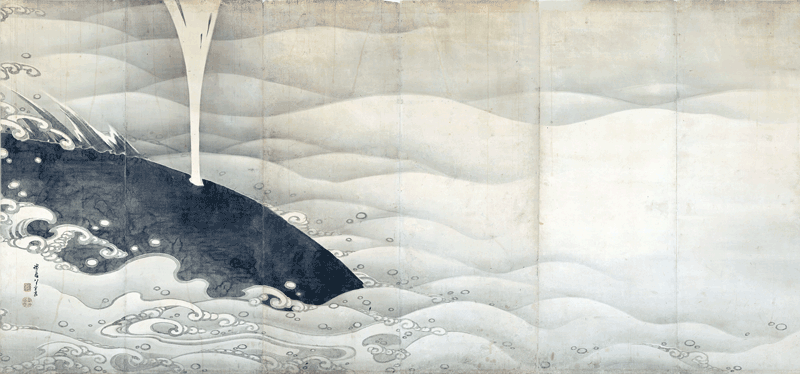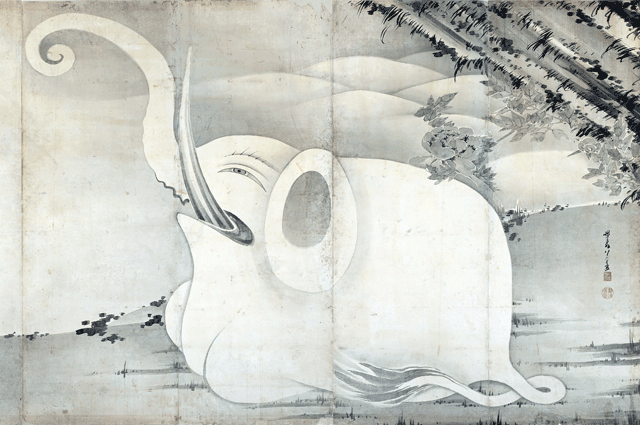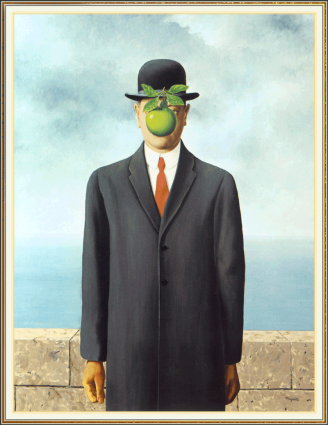This month features art that’s instantly recognizable yet deceptively complex, offering you a chance to go deeper, to understand the men behind the mythology, the people behind popular culture.
By Sarah Custen
“Cerith Wyn Evans”

Cerith Wyn Evans C=O=N=S=T=E=L=L=A=T=I=O=N (I call your image to mind) 2010 Mixed media Dimensions variable
© Cerith Wyn Evans Photo: Todd-White Art Photography
Courtesy of Taka Ishii Gallery, Tokyo and White Cube, London
Cerith Wyn Evans’s work will feel familiar to you, even if you’ve never heard of him. He could be waiting on the periphery of your subconscious, having entered through the back door using his connections to actress Tilda Swinton in his 1988 film short, “Degrees of Blindness,” or English rock band The Smiths, with a series of music videos.
More than that, you’ll recognize Wyn Evans because his work is an outward manifestation of your very own, internet-fed brain, a synthesis of popular culture and philosophical questions, soundbites and structures. “The citations within his works are informed by a diverse range of cultural and academic spheres,” explains long-time Wyn Evans supporter and current host, Taka Ishii Gallery, “in the manner of literature, philosophy, film, music, further extending to realms of astronomy and physics.”
His sculptures are your mind after a procrastinatory internet binge, a translation of cultural and intellectual osmosis. His current exhibition at Taka Ishii marks his third solo presentation at the gallery in the past half decade, featuring three new works created specifically for the occasion. The highlight is a large, mobile-shaped sound sculpture, four mirrored discs transmitting sounds that can only be heard as you face the small speakers directly.
“[It] entices one’s senses like a gravitational lure,” Taka Ishii Gallery representatives explained. “From time to time the viewers are exposed to a ray of sound that drifts solely towards their ears…heightening [their] awareness of transformations in spatial perception.”
Taka Ishii Gallery Tokyo
Dates: March 20–April 18, 2015
Open: 12:00–19:00, closed Sundays, Mondays and national holidays
Web: www.takaishiigallery.com/en/archives/15306
“Celebrating Two Contemporary Geniuses: Jakuchu and Buson”
Ito Jakuchu and Yosa Buson were both icons of Japanese premodern art, both Kyoto-based, both born in 1716. On the cusp of their respective 300-year birthday anniversaries, Suntory Museum of Art offers a retrospective, examining not only the two artists’ oeuvre and influence, but also the intersection of their lives and inspirations.
Jakuchu was brought up in the family grocery business, training locally and focusing on realistic representations of living things—for example, he would set roosters and hens loose in his own garden to sketch them. Buson was the more cosmopolitan of the two: he moved to Edo (present-day Tokyo) as a young man to study poetry and then traveled for a decade through the northern Kanto and Tohoku regions.
Early 1740s Kyoto found both artists newly devoted to their work. Jakuchu retired from the family business and Buson settled down, both bringing their distinct life experiences and years of study and practice to the genre, as well as innovative techniques and style. Jakuchu is known for his unique sujime-gaki technique, utilizing sumi on super-absorbent gasenshi paper, which leaves a space between brush strokes like a white line, or “sujime.” Buson championed a new genre called haiga, merging painting with hokku poetry in a casual and insightful interplay.
“Celebrating Two Contemporary Geniuses” offers a comprehensive overview of these two masters’ lives and endeavors for the uninitiated, and a unique perspective on their proximity and mutual acquaintance for those more familiar.
Suntory Museum of Art
Dates: March 18–May 10, 2015
Open: 10:00–18:00, Fridays and Saturdays until 20:00
Web: www.suntory.com/sma/exhibit/2015_2/index.html

Elephant and Whale Screens, by Ito Jakuchu, Pair of six-fold screens left-hand screen, Kansei 9 (1797), Miho Museum
Rene Magritte
You know Magritte. You know his 1964 self-portrait, “The Son of Man,” which has been parodied and reproduced since its conception throughout pop culture history, the man in an overcoat and bowler hat replaced by Bart Simpson, SpongeBob, Darth Vader; the face-obscuring green apple supplanted by a donut, a Lego block, a pineapple, or the Macintosh logo. You know his oil painting “Golconda,” replete with similarly coated and capped men, raining from the sky, from the 1992 Robin Williams movie “Toys,” or you’ve seen it imitated with dozens of Mary Poppins or miniature Super Marios. You’ve seen these images and their remixings before, more times than you could count, though you surely were not counting.
But you may not have seen his staggering painting, “The Lovers,” featuring a man and woman embracing, lips locked, each sheathed in fabric, as if to be executed. You may not know that only two years after a young Magritte began drawing, his mother committed suicide by drowning herself in the River Sambre, the last in a series of attempts on her own life. You likely don’t know that Magritte served in the Belgian infantry, worked in a wallpaper factory, and got by as a poster designer and ad man until he was able to paint full time, or that his first exhibition in Brussels in 1927 was lambasted by critics.
Come get beneath the surface—or simply get what all those movies and books and TV shows have been referencing for years—at NACT’s Magritte retrospective, dedicated to the surrealist master you think you know.
The National Art Center, Tokyo
Dates: March 25–June 29, 2015
Open: 10:00–18:00, Fridays until 20:00
Web: magritte2015.jp/english.html










